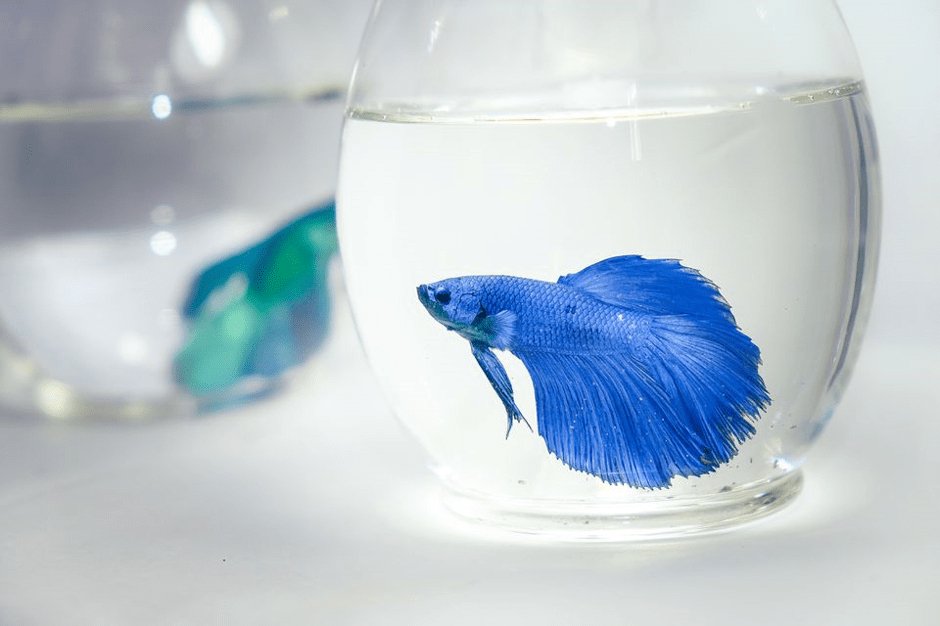Set Up and Maintain a Fish Tank for a Betta
Posted on June 23 2024,

What Do You Need For A Betta Fish Bowl Setup?
The first thing to decide for a Betta fish setup is the size of the bowl or tank (we'll use both terms interchangeably in this article). If you plan to keep a single adult fish, you will need at least a four- to five-gallon tank. A smaller bowl will inhibit the growth of the fish and may even cause health issues. You can keep a young Betta in a smaller bowl, but you will have to move it to a larger tank after a few months. It is best to opt for an adequately sized bowl from the starting.
If your Betta bowl is going to be placed in a cold environment, then you may require a fish tank heater as well. Bettas prefer a tropical climate ranging between 75-82°F. You may need a heater to maintain the water within this temperature range. Consider a heater that has a built-in thermostat for temperature monitoring. There are compact submersible heaters available that will be suitable for Betta bowls.
The gravel bed is the next thing you will need to purchase. Small and smooth gravel is the best fit for Betta fishes. Sharp gravel can be hazardous to the fish as it can damage their fins. Consider two inches of gravel for rooting real plants and one inch for artificial ones.
The next thing on the list is to choose the plants and decorations. Bettas prefer a large number of hiding spots and love to lounge on leaves. Consider plants and decorations that provide them with various hiding spots. You should prefer real plants over artificial ones. Choose plants and decorations depending on the size of your Betta fish bowl.
Betta fishes require a moderate amount of light. The lighting conditions determine their sleep schedule. If your room has a generous amount of light, then you may not need dedicated lighting. Just make sure to turn the lights off at night so that the sleep cycle of the fish is not disturbed. Also, keep the Betta fish bowl away from direct sunlight.
There are some small filters available that will be suitable for your Betta fish bowl setup. They will keep your tank clean and fishes healthy. Consider investing in an under-gravel filter or a sponge filter. It will reduce the maintenance frequency for your fish bowl.
Betta Fish Bowl Setup
The first step in a Betta fish bowl setup is cleaning the bowl or tank. Clean it using normal water. Then add a filter to it if you have purchased one.
Now you will need to add gravel to the bowl. Clean the gravel with water before adding it to the tank. Use a one-inch layer of gravel for silk plants and a two-inch layer for real plants.
Add the plants and decorations to the Betta fish bowl. Make sure that the roots are buried properly and won’t become loose.
It is now time to fill the bowl with water. Don’t fill the tank to the brim; leave some space at the top. Add a neutralizer or conditioner to get rid of chlorine.
The final step in the Betta fish bowl setup is adding the fish. Wait a few hours (12-24) after you add water to the bowl. Your Betta fish will come in a bag filled with water. Float the bag in the tank and let it stay for a couple of hours. It will ensure that the temperatures of the water in the bag and the tank reach the same value.
Next, pour small amounts of water from the bag into the bowl. You may have to remove some water from the bowl beforehand. Once more than half of the water from the bag has been poured into the fish bowl, transfer the fish using a net. Then add the remaining water from the bag to the bowl. Your Betta setup is now complete.
Maintaining A Betta Fish Bowl Setup
One of the most important aspects of Betta fish bowl setups is maintenance. You can use a filter with the bowl though it may not be feasible with all bowls. Most people who keep a Betta in a bowl change the water manually.
Pour two-thirds of the water into a clean container and transfer the fish into it. Discard the remaining water and clean the bowl and gravel using lukewarm tap water to get rid of any waste and debris. Then fill one-third of the bowl with fresh tap water that is around 75°F. Add a water conditioner to the tap water for getting rid of chlorine and making it suitable for the fish. Then transfer the fish to the bowl. Add the water that was initially poured to the clean container back into the bowl. Consider changing one-third of the water in the bowl every five to seven days.


0 comments